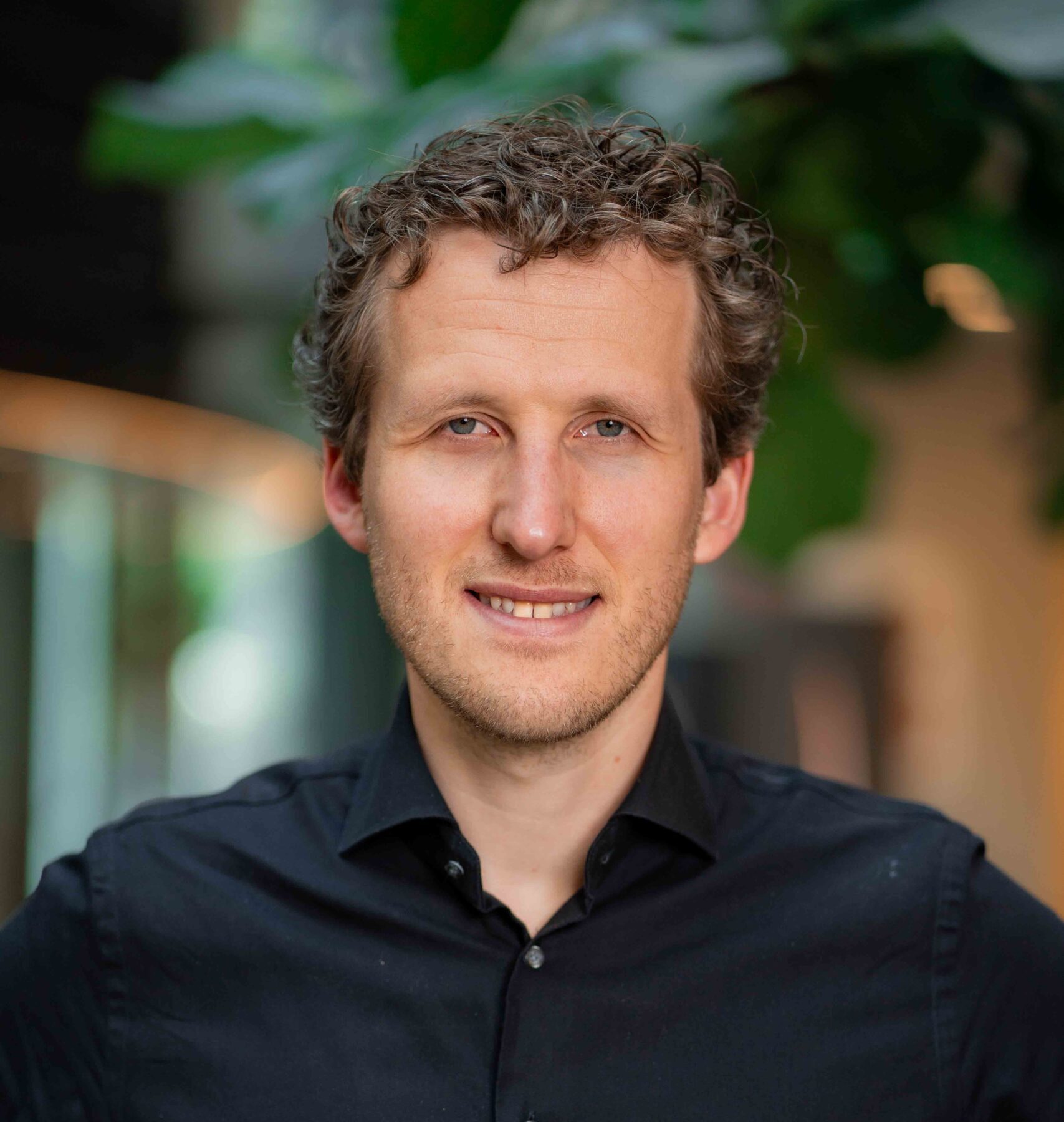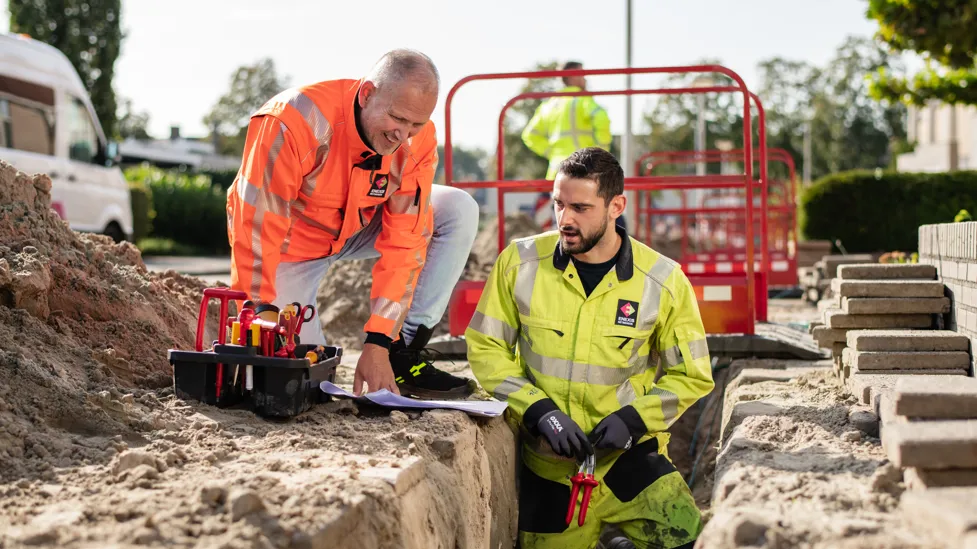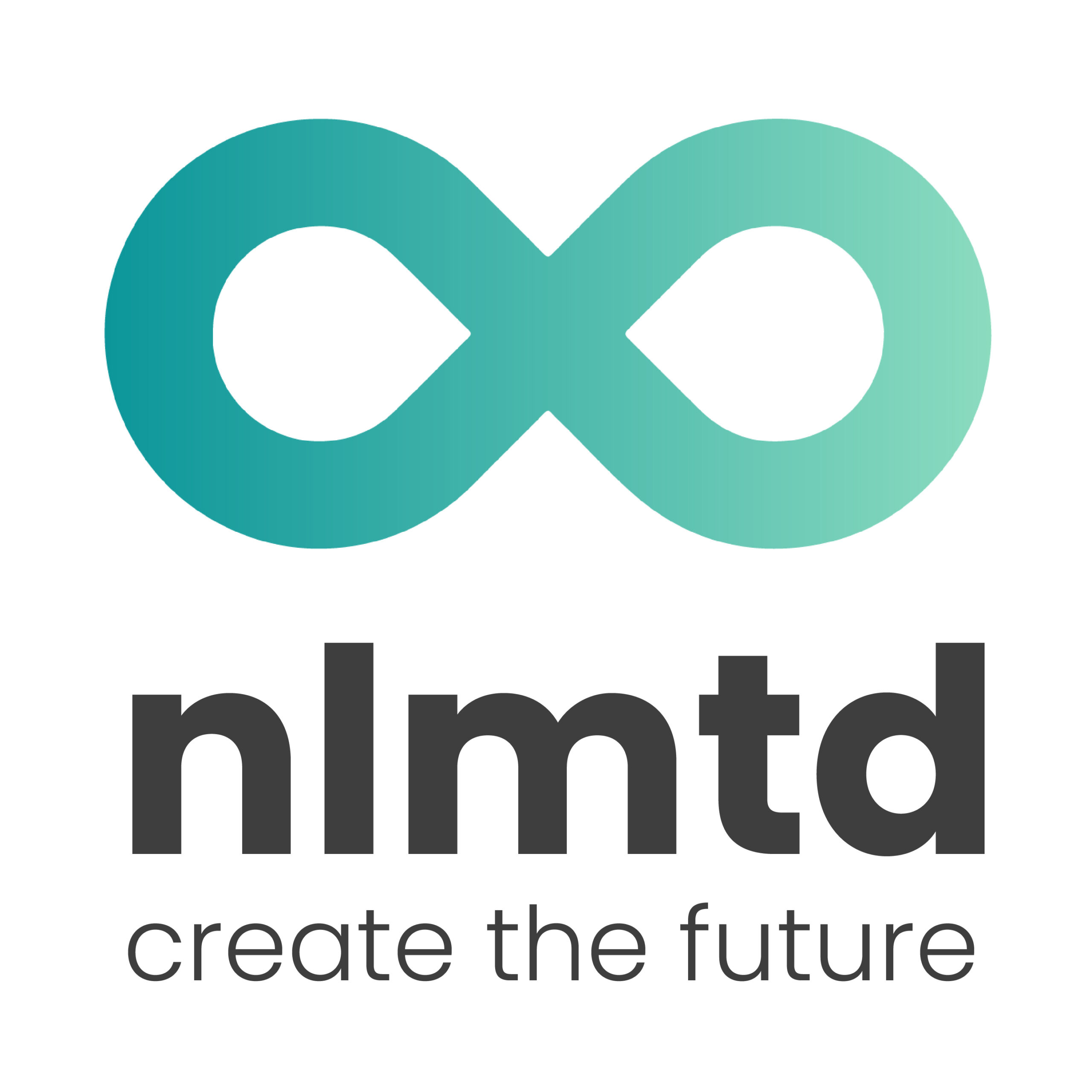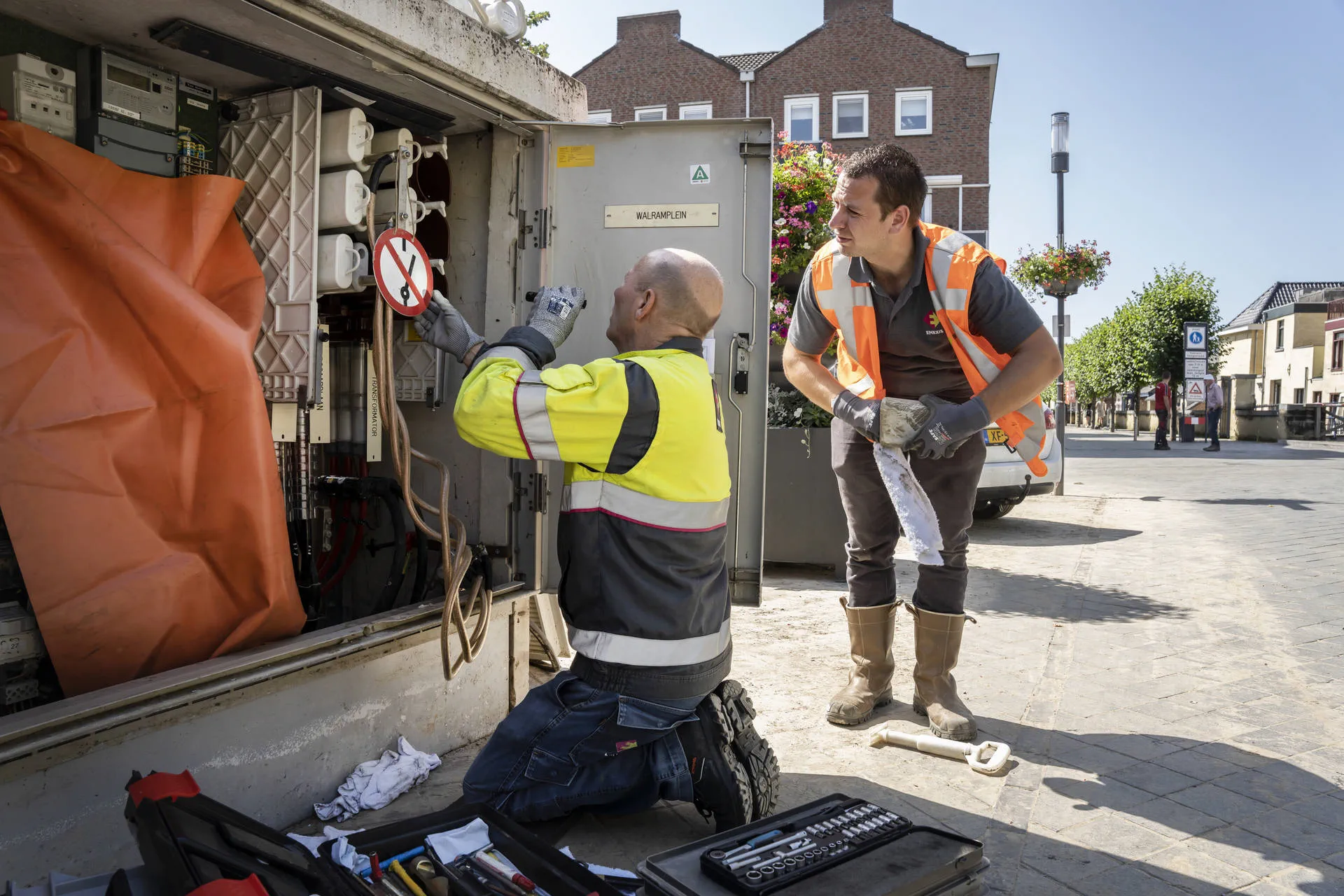
Korik Alons
Co-founder
Korik Alons specializes in strategy development and implementation. With a background in applied mathematics and business administration, he is a partner at nlmtd. Korik has 10-15 years of experience as a strategist and consultant across diverse organizations globally. Additionally, he is an experienced program manager passionate about sustainability and innovation.

Tijmen van Diepen
Manager
Tijmen is an expert in developing and implementing strategies, especially in the energy sector. As an experienced management consultant, he has expertise in program management, strategy execution, and sustainability. His approach combines both logic and empathy.

Gijs Bouwmeister
Director
Gijs specializes in helping organizations transform to improve customer service, adopt new (digital) business models, and change how they work. He is passionate about turning strategy into action and drives change with an energetic approach.
Share this article
Cover image: Enexis
Gaining control of a changing energy system
The energy transition is putting unprecedented pressure on the power grid. Where power used to flow mainly one way – from power plants to households – we now see numerous solar farms, wind turbines, and home batteries that also feed energy back into the grid. The system is becoming more complex and, as a result, more vulnerable.
To manage this, operational engineering (OT) is increasingly important. While IT focuses on computer systems and software, OT concentrates on the hardware and systems that control physical processes. This includes measurement and control systems, safeguards, and automation technology that ensure the safe and reliable transmission of electricity. OT is also called the “nervous system” of the energy grid; without it, the grid would be unmanageable. We spoke with Henri Lemmens, Director of Expertise Business Operations & Stations (EBS) at Enexis, about the role of OT and the process with nlmtd. EBS is the department responsible for operating, engineering, constructing, and managing high- and medium-voltage substations – vital links in the electricity grid. Lemmens explains: “Without OT, it’s like managing the grid blindly. Thanks to OT, we know exactly what is happening in the grid and can make adjustments when necessary.”
A department that has grown significantly in recent years due to a need for more data and information, partly driven by the constant, increasing threat of cyberattacks. However, much knowledge was scattered throughout the organization, and teams worked independently. This created an urgent need for a more centralized and future-proof approach.

Electricity grid expansion. Image: Enexis / photography Maaike Poelen
The question to nlmtd
Enexis asked nlmtd to help centralize and professionalize OT within the organization. The goal: a clear structure, better cooperation, and an organization ready for the energy transition. The nlmtd team of Korik Alons, Gijs Bouwmeister, and Tijmen van Diepen began working. Tijmen, a strategy and management consultant at nlmtd, explains: “The question was actually simple: how do we ensure that OT knowledge is no longer hidden away everywhere and nowhere in the organization, but is given a clear place? And how does OT get the place it deserves in the organization to effectively improve the control and exploitation of the energy grid?”
From idea to organizational design
Together with Enexis, nlmtd supervised an extensive series of workshops and interventions. These involved directors, managers, and experts from the EBS (Engineering Operations Stations), Asset Management, and IT departments.
The approach then consisted of three parts:
- Visioning – What does OT mean for Enexis’s future, and how should the organization be set up accordingly?
- Organizational design – What does a central OT organization look like? What roles, responsibilities, and teams are needed?
- Engagement and communication – Through webinars and expert sessions, employees were included in the process to build support for the changes.
A key turning point was IT’s involvement. Traditionally, IT and OT were somewhat separate, but collaboration proved essential. At the same time, the question of how Enexis can better manage the future energy grid and support the energy transition must also be addressed. The Board of Directors recognized this and prioritized the project. This not only clarified the direction but also energized quick action. Lemmens said, “Within a few months, we knew exactly how we wanted to organize OT. Normally, something like that takes years, but this time all the crucial ingredients were there: the urgency was high, ideas were on the table, and someone threw the first stone into the water. That gave energy and speed.”
A new OT department and a boost in the energy transition
To better manage the future energy grid, Enexis is moving to Digital System Management. The move resulted in two major decisions:
- Split the current EBS department into two new departments:
- A production department, which focuses on building and managing the high and medium voltage substations.
- A directional/business department, which focuses on governing and utilizing the power grid.
- Creation of a separate OT organization within the direction/business department, combining all OT activities. This new organization will be responsible for the digital control and security of the grid.
The main results of this track:
- Clear structure: no more fragmented teams, but one central OT organization with a clear vision for the future.
- Involved employees: because they thought along from the beginning, ownership and support were created.
- Fast decision-making: where processes can generally be cumbersome, now there is a supported plan within a few months.
- Future-proof design: the new layout allows for smarter utilization of the grid and a better response to the demands of energy transition. Even 10 years from now.
The role of nlmtd
According to Henri, the role of nlmtd was crucial: “nlmtd was the driving force. They brought structure, content, and pace, and made sure we didn’t slack off. They knew what they were talking about and could also translate it so everyone understood. That combination made the difference.” The project team also looks back with pride: “It was more than just process guidance. We really contributed substantive ideas, drew inspiration from outside, and helped Enexis make choices together. And all in a positive atmosphere, even though it was, in fact, a reorganization.”
Impact and follow-up
For Enexis, the project is a stepping stone toward System Operations’ broader goal: to maximize the use of the existing grid without constructing unnecessary additional capacity. Enexis will also participate in this effort in the coming years. Henri concludes: “What makes me most proud is that we did this together – with support, energy, and trust. This is a change that is important not only for Enexis but also for the entire energy transition in the Netherlands.”
Want to know how we can help your organization in the field of Operational Engineering? Please get in touch with Korik, Tijmen, or Gijs. We are happy to think along with you.





